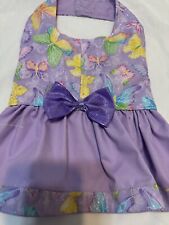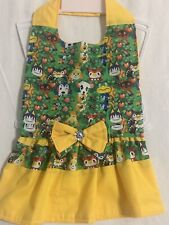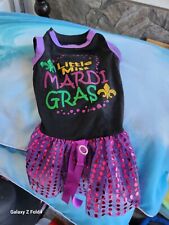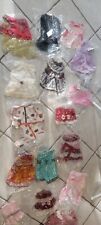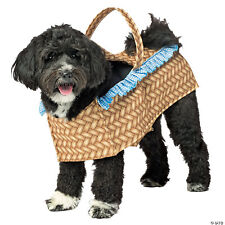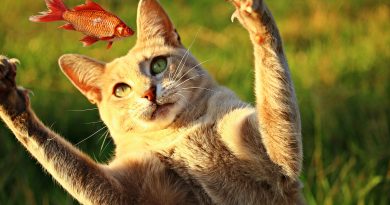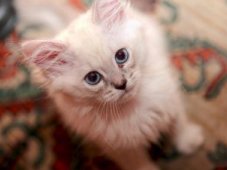Nutrition for Your Cat

While the nutritional content of different brands of cat food may vary, cat foods formulated to meet the Association of American Feed Control Officials (AAFCO) nutrient profile should contain adequate amounts of the following components.
Proteins
Unlike dogs, who convert mostly carbohydrates and fats for energy, cats meet most of their energy needs with protein. Cats therefore require significantly more protein in their diets than do dogs (or, for that matter, humans). Kittens, who are growing rapidly, require even more protein than do adult cats. The building blocks of proteins are called amino acids, about 30 of which are required by of all animals. Although some can be synthesized by the body (as long as there is adequate dietary nitrogen), others – "the essential amino acids" – cannot be synthesized and therefore must be taken in as part of the diet. An important essential amino acid for cats is taurine. Cats fed a diet lacking in taurine can develop problems including heart disease (dilated cardiomyopathy) and blindness (central retinal degeneration). Luckily, cat food manufacturers now routinely supplement their diets with taurine. Because dog foods lack this amino acid, it is important not to feed dog food to cats.
Fats
Fats are an important component of feline diets. In addition to being a source of energy, they provide the essential fatty acids (linoleic and arachidonic acids) and act as a carrier of the fat-soluble vitamins A, D, E and K. Fat also improves the palatability, or taste, of commercial foods. Without an adequate intake of dietary fat, cats may develop flaky skin and a greasy coat. In severe cases, fatty acid deficiency may lead to problems such as retarded growth and weight loss, impaired wound healing, and increased vulnerability to infection.
Carbohydrates
Commercial cat foods contain carbohydrates, such as sugars and starches, which some cats can use as sources of energy. Lactose (milk sugar) intolerance, a deficiency of the intestinal enzyme lactase, is seen in some adult cats which is why the traditional saucer of milk is not necessarily the best treat for a cat.
Vitamins and Minerals
Diets formulated to be complete and balanced for cats will contain adequate amounts of fat and water-soluble vitamins. Vitamins such as A, E and the B-complex are added to food because they are not otherwise synthesized within the bodies of cats. Because hairball remedies that contain petroleum mineral oil interfere with the intestinal absorption of fat-soluble vitamins, it is important to avoid giving a cat too much of these types of remedies. Minerals such as calcium, phosphorus, magnesium, potassium, sodium and chloride are as important as other dietary components. In the wild, cats get many of the minerals they need, and especially calcium, from eating the bones of their prey. A cat fed an all-meat diet without some bone materials or mineral supplements can develop calcium deficiency.
Water
Water may be the most essential dietary ingredient for cats and all living things. Regardless of whether they are fed primarily canned or dry food, cats require clean, fresh water at all times. Even a few days without water can lead to severe physiological stress and even death.
Dry or Canned Food?
Cat food companies try to meet the needs of their sometimes-finicky consumers. Consequently, there are three basic types of cat food: dry, canned or wet, and semi-moist. They differ in ingredients and in the amount of water each contains (7 to 12% water in dry food; 15 to 30% in semi-moist food; 75% in canned foods). Assuming the manufacturer follows the AAFCO profiles and conducts feeding tests, all three forms meet the nutritional minimum requirements of cats. While some owners strongly prefer the convenience of a dry-only diet, others are adamant about an exclusively canned diet. It is probably best to introduce kittens and young cats to a variety of types, in order to avoid – or at least minimize – a life-long tendency to be finicky with foods.


